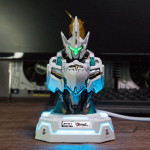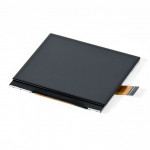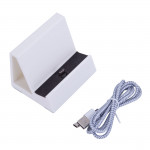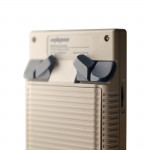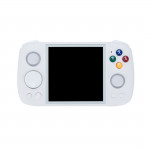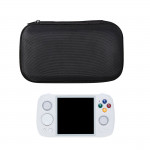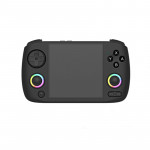How to Add Android Apps to ES-DE
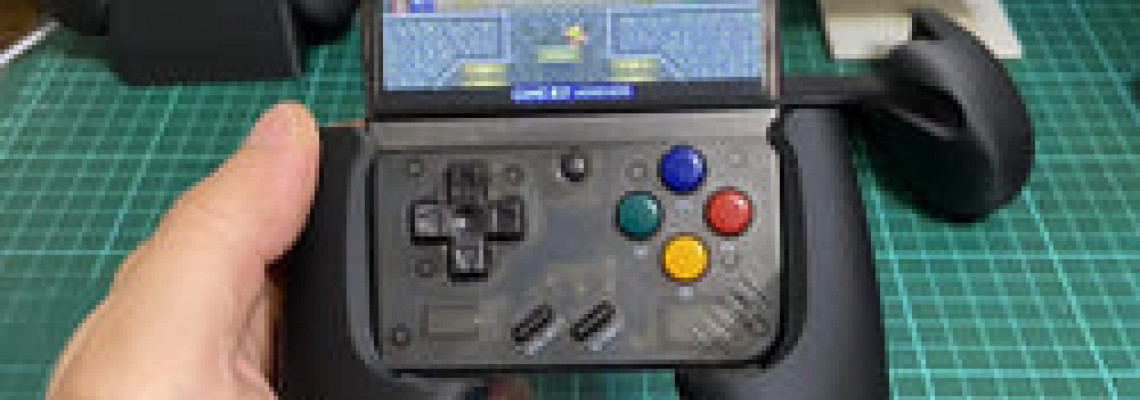
How to Add Android Apps to ES-DE
The popularity of EmulationStation cannot be overstated. People in this hobby swear by ES-DE as a frontend that offers one of the most holistic and unified experiences available in the retro emulation arena across nearly every platform, operating system, and form factor.
Although it lacks several essential capabilities, ES-DE's latest Android version promises to deliver the same experience to the most potent and reasonably priced handhelds. The most notable of these is that it cannot be configured as the primary launcher for your device. For instance, if you press "Home" on your Odin 2, you will be redirected to the default Android launcher rather than your beautifully manicured front end.
Because the ability to run Android apps is another feature currently lacking, the developer has claimed that they will not be introducing the ability to designate ES-DE as your home screen anytime soon. According to the developer, it makes sense that they don't want users to unintentionally lock themselves out of their devices by deleting access to their program library.
Although the developer plans to provide this functionality in the future, you don't have to wait because you can now add Android apps to your ES-DE installation with an applet! In this tutorial, we'll walk you through configuring es_applauncher.
Instructions
To begin, get the most recent version of es_applauncher from the project's GitHub repository here.
The next step is to obtain some custom XML files from the es-de-android-custom-systems GitHub page. In addition to re-adding several systems taken out after the Yuzu/Citra settlement, they will provide more platform listings to ES-DE, enabling us to run our Android apps and games.
After selecting the green "Code" button, select "Download ZIP." If you're neat and organised, extract the file into your dedicated emulation tools folder; otherwise, drop it into your Downloads folder like everyone else.
Afterwards, you must put those two XML files into the "custom_systems" folder within the ES-DE install folder. (By default, this will be an ES-DE folder on your device's internal storage.)
The es_applauncher APK should then be copied and installed on your device. After it has been installed, just launch the application, and a list of all the apps you have installed will appear.
By default, all of your installed apps will be imported into ES-DE. To remove an app, just press its name, icon, or the "Disable" button on the far right. You may also designate particular apps as games by selecting the "Game" checkbox.
Once your apps have been selected, touch the Save icon in the upper right corner. After navigating to your ROMs folder, select "Use this folder." (To accomplish this, you might need to grant es_launcher rights; in this scenario, the developer advises hitting Save once more for more assurance.)
You can export your game or app icons to ES-DE. To access your ES-DE install folder, click the Picture symbol to the left of the Save button. If it isn't already there, create a folder called "downloaded_media" and select "Use this folder."
Once all of your apps and games have been exported, exit es_applauncher. After you restart ES-DE, all of your Android games and apps should appear in their respective categories.
Conclusion
This small software contributes significantly to ES-DE's progress towards complete Android capability. The inability to set EmulationStation as your home screen will not be resolved, but there are solutions for that as well. For example, you can use button remapping tools to direct your "Home" or "Back" buttons to your front end.
This is a workable alternative for now, but the developer will formally integrate this functionality sooner rather than later. Many thanks to GlazedBelmont et al. for their work on the custom XML files that provide all those extra systems we sorely missed and to developer Schattenphoenix for his work on the app!

